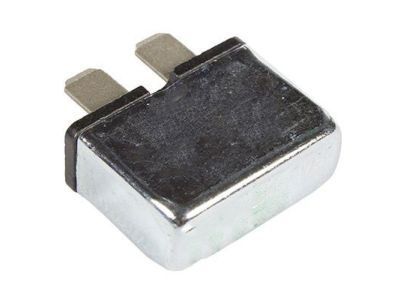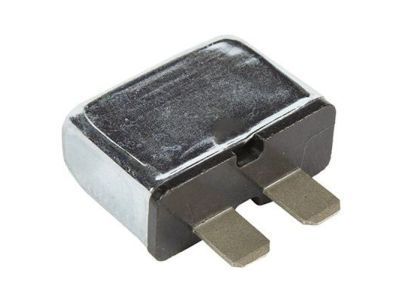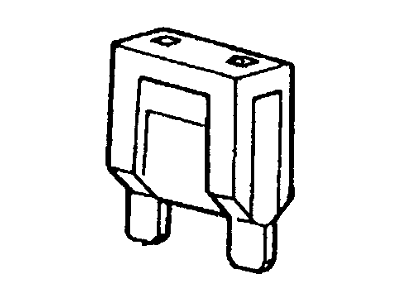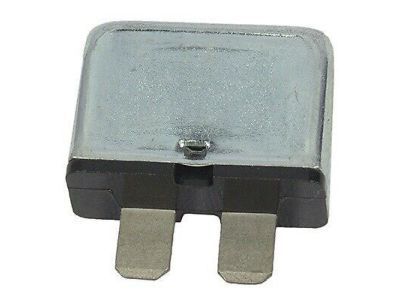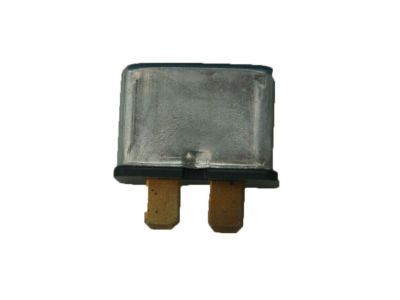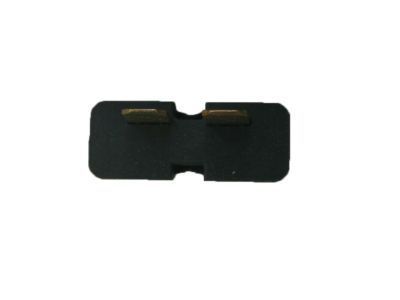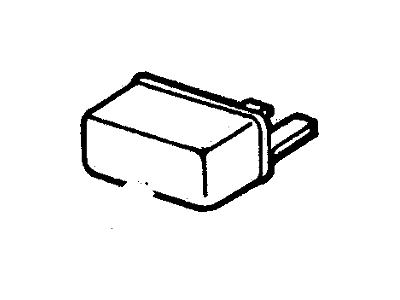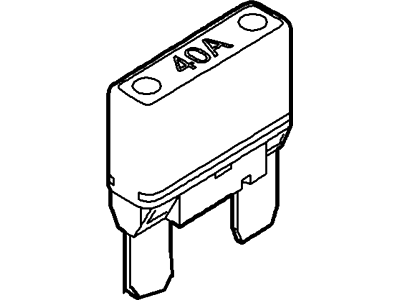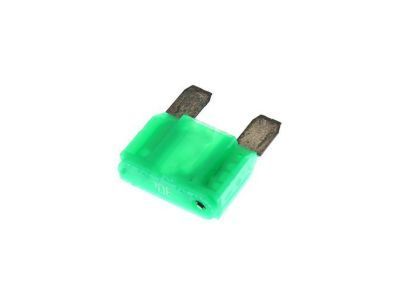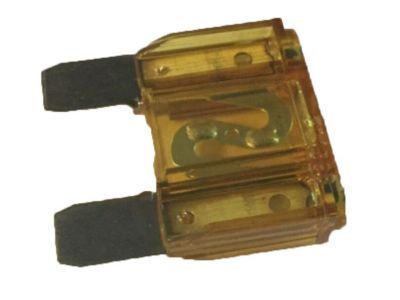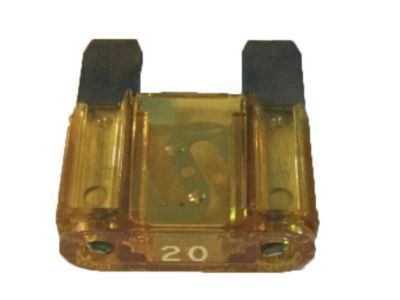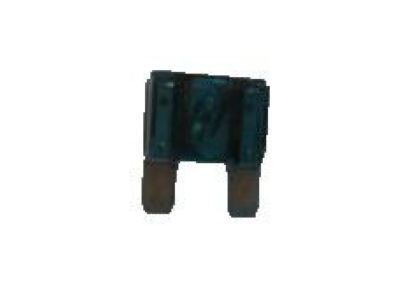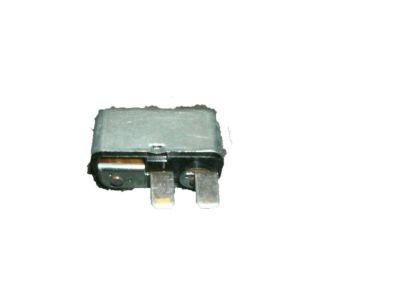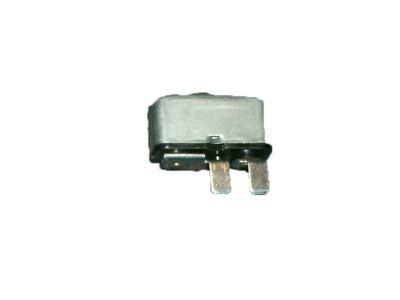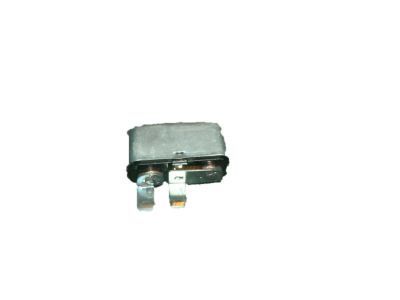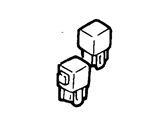

My Garage
My Account
Cart
Genuine Mercury Capri Fuse
Circuit Fuse- Select Vehicle by Model
- Select Vehicle by VIN
Select Vehicle by Model
orMake
Model
Year
Select Vehicle by VIN
For the most accurate results, select vehicle by your VIN (Vehicle Identification Number).
61 Fuses found
Mercury Capri Circuit Breaker Assembly
Part Number: D9AZ-14526-A$16.38 MSRP: $25.45You Save: $9.07 (36%)Ships in 1-3 Business DaysMercury Capri Circuit Breaker Assembly
Part Number: D9AZ-14526-B$5.79 MSRP: $9.00You Save: $3.21 (36%)Ships in 1-3 Business DaysMercury Capri Fuse
Part Number: E9TZ-14526-B$1.64 MSRP: $2.55You Save: $0.91 (36%)Ships in 1-3 Business DaysMercury Capri Fuse
Part Number: E9TZ-14526-E$1.64 MSRP: $2.55You Save: $0.91 (36%)Ships in 1-3 Business DaysMercury Capri Fuse
Part Number: E9TZ-14526-D$0.62 MSRP: $0.96You Save: $0.34 (36%)Ships in 1 Business DayMercury Capri Fuse
Part Number: E8UZ-14526-A$13.73 MSRP: $18.75You Save: $5.02 (27%)Ships in 1-2 Business DaysMercury Capri Circuit Breaker Assembly
Part Number: D9ZZ-14526-D$1.10 MSRP: $1.70You Save: $0.60 (36%)Ships in 1-3 Business DaysMercury Capri Fuse
Part Number: D9ZZ-14526-E$0.88 MSRP: $1.36You Save: $0.48 (36%)Ships in 1-3 Business DaysMercury Capri Circuit Breaker Assembly
Part Number: D9ZZ-14526-C$0.88 MSRP: $1.36You Save: $0.48 (36%)Ships in 1-3 Business DaysMercury Capri Fuse
Part Number: E9TZ-14526-C$1.64 MSRP: $2.55You Save: $0.91 (36%)Ships in 1-3 Business DaysMercury Capri Circuit Breaker Assembly
Part Number: D8ZZ-14526-B$0.88 MSRP: $1.36You Save: $0.48 (36%)Ships in 1-3 Business DaysMercury Capri Fuse
Part Number: D9ZZ-14526-F$0.88 MSRP: $1.36You Save: $0.48 (36%)Ships in 1-3 Business DaysMercury Capri Fuse
Part Number: D9ZZ-14526-G$0.88 MSRP: $1.36You Save: $0.48 (36%)Ships in 1-3 Business DaysMercury Capri Circuit Breaker Assembly
Part Number: E8OY-14526-B$2.65 MSRP: $3.68You Save: $1.03 (28%)Ships in 1-2 Business DaysMercury Capri Circuit Breaker Assembly
Part Number: D9ZZ-14526-H$16.38 MSRP: $25.45You Save: $9.07 (36%)
| Page 1 of 4 |Next >
1-20 of 61 Results
Mercury Capri Fuse
We provide a wide range of Mercury Capri Fuse at the best prices possible. If you need Mercury Capri Fuse, you can shop with confidence on our website. All our OEM parts come with a manufacturer's warranty and are delivered to your door step with a fast delivery service.
Mercury Capri Fuse Parts Questions & Experts Answers
- Q: How are electrical circuits protected and what should be done when a fuse blows on Mercury Capri?A:Circuit protection is through fuses and fusible links supplemented by circuit breakers, which is located beneath the left end of the dashboard. Two types of fuses are utilized based on the date of manufacture: first version of the fuses come in a glass tube design that enables users to check the inside metal component, later models come in miniature fuses with blade terminal that can be removed or refitted with fingertips. When an electrical component is not working, the first process is checking the fuse since one that has blown has its element between the terminals melted and is therefore different from a working fuse. To test the fuses the ignition key should be switched on and a test light can be used by connecting one end of the test light to the earth and the other end to the exposed terminal end of the fuses; the test light should turn on if the fuses are okay. Circuit protection requires the use of correct type and accurate amp rating and that is why one should not replace a blown fuse with a higher or even a lower value. The amperage value is normally printed on the body of the fuse, and the different colours are used to mean different types of amperages. Caution is necessary: before a fuse can be replaced all electrical components and the ignition switch must be turned off and it is fatal to replace a fuse with metal or foil since one risks a fire outbreak or severe blows to the electrical system. If a replacement fuse fails shortly after it has been replaced, it's advisable not to replace it again until one is sure that the problem that caused the quick failure-for instance a short circuit-had been addressed.
